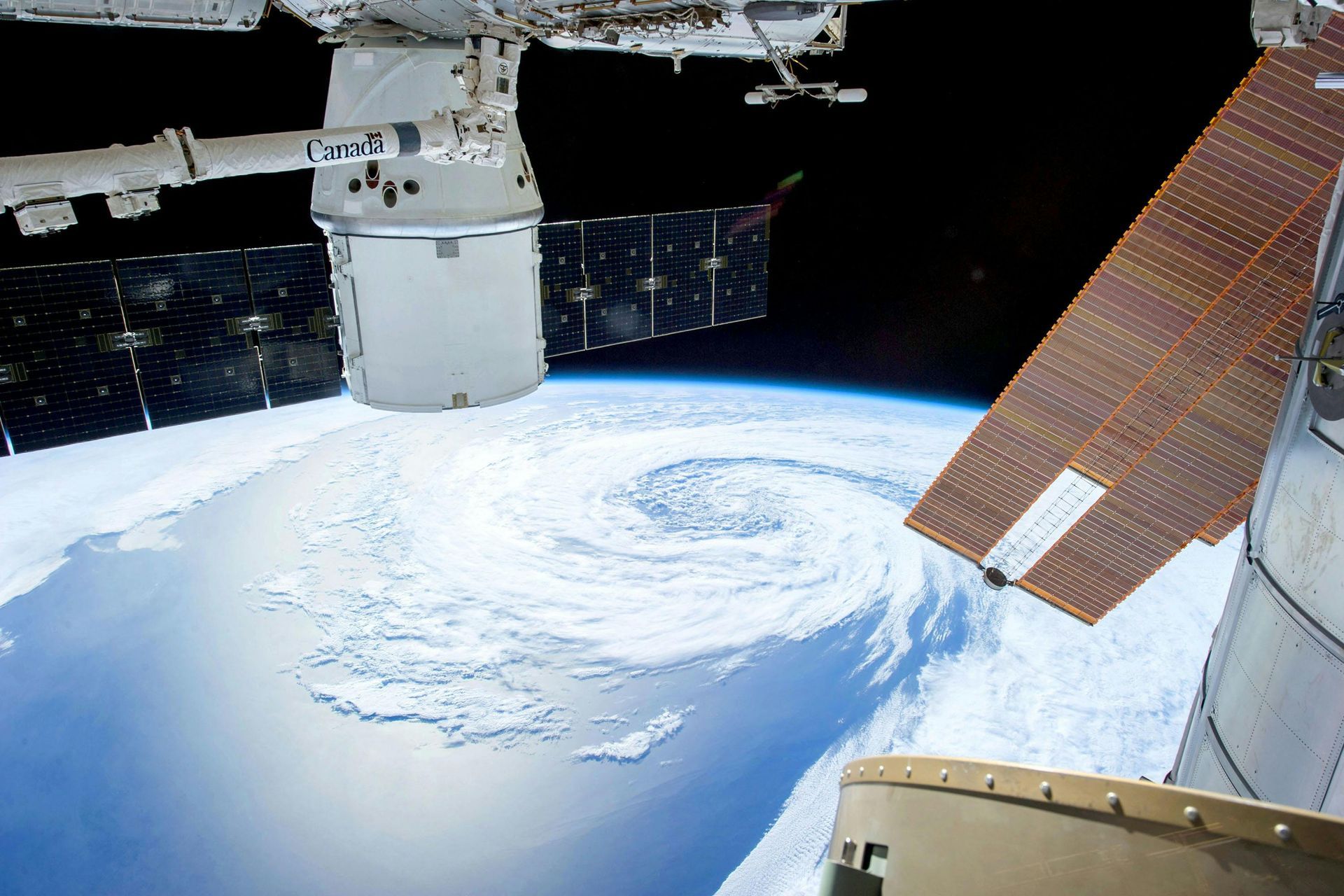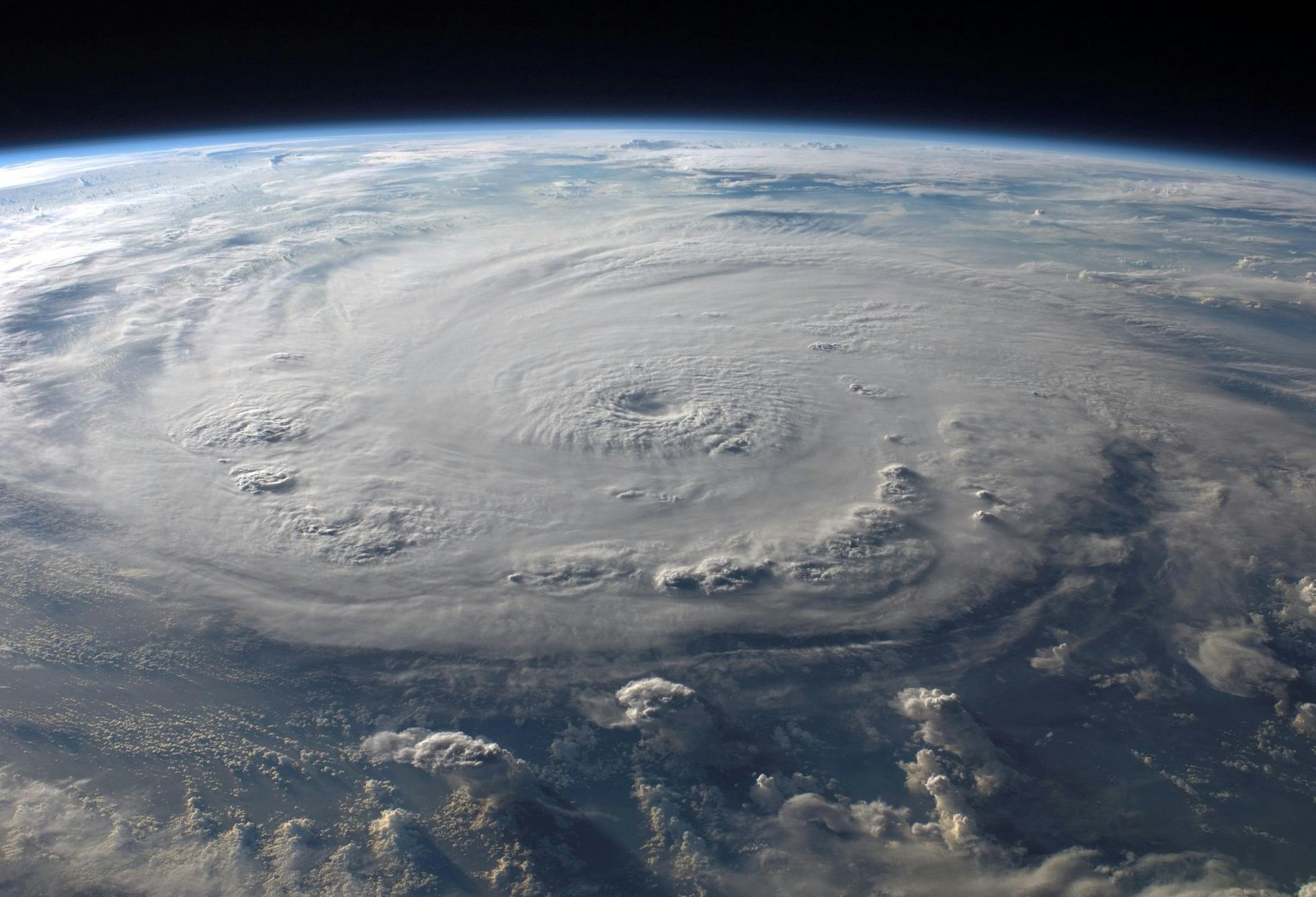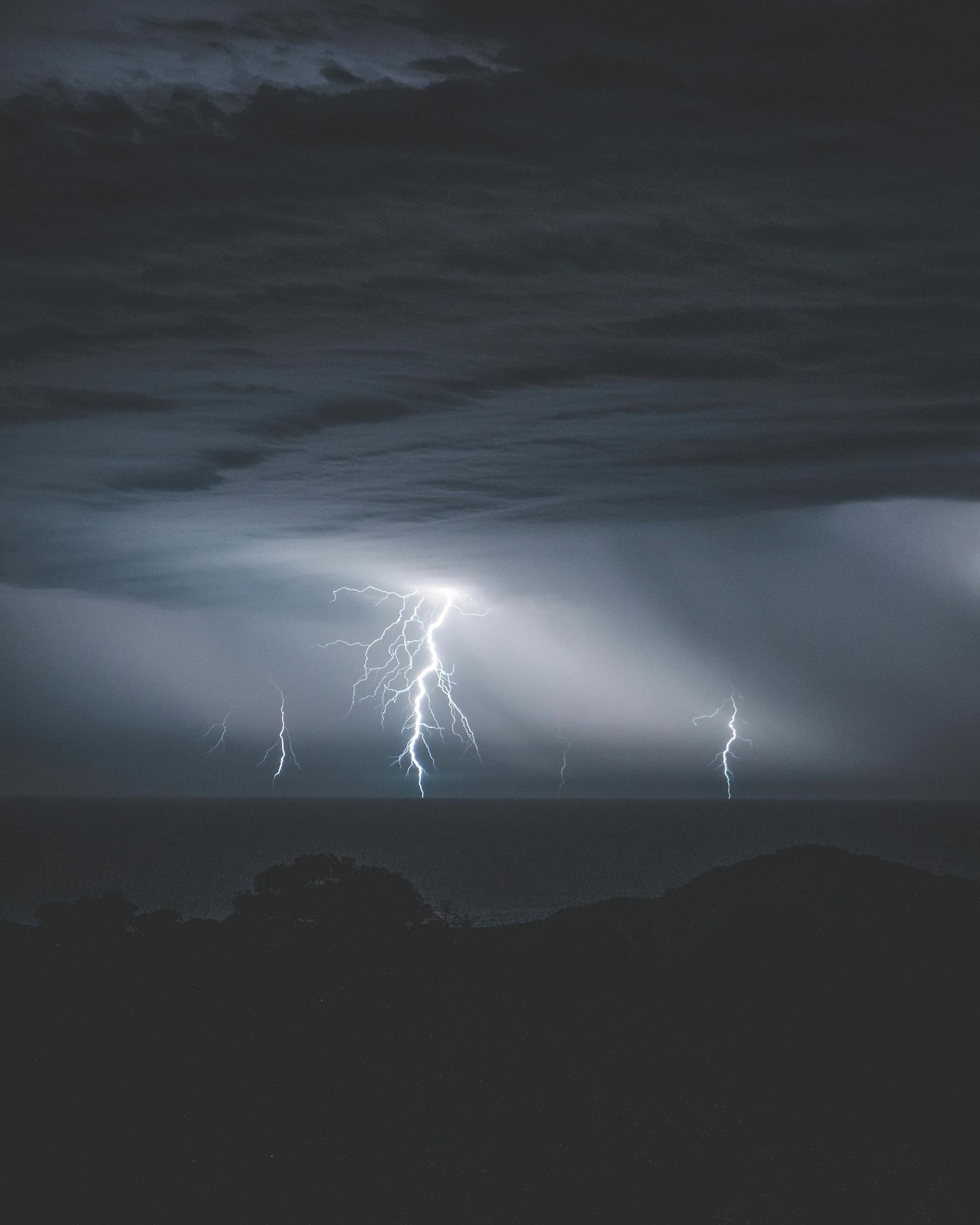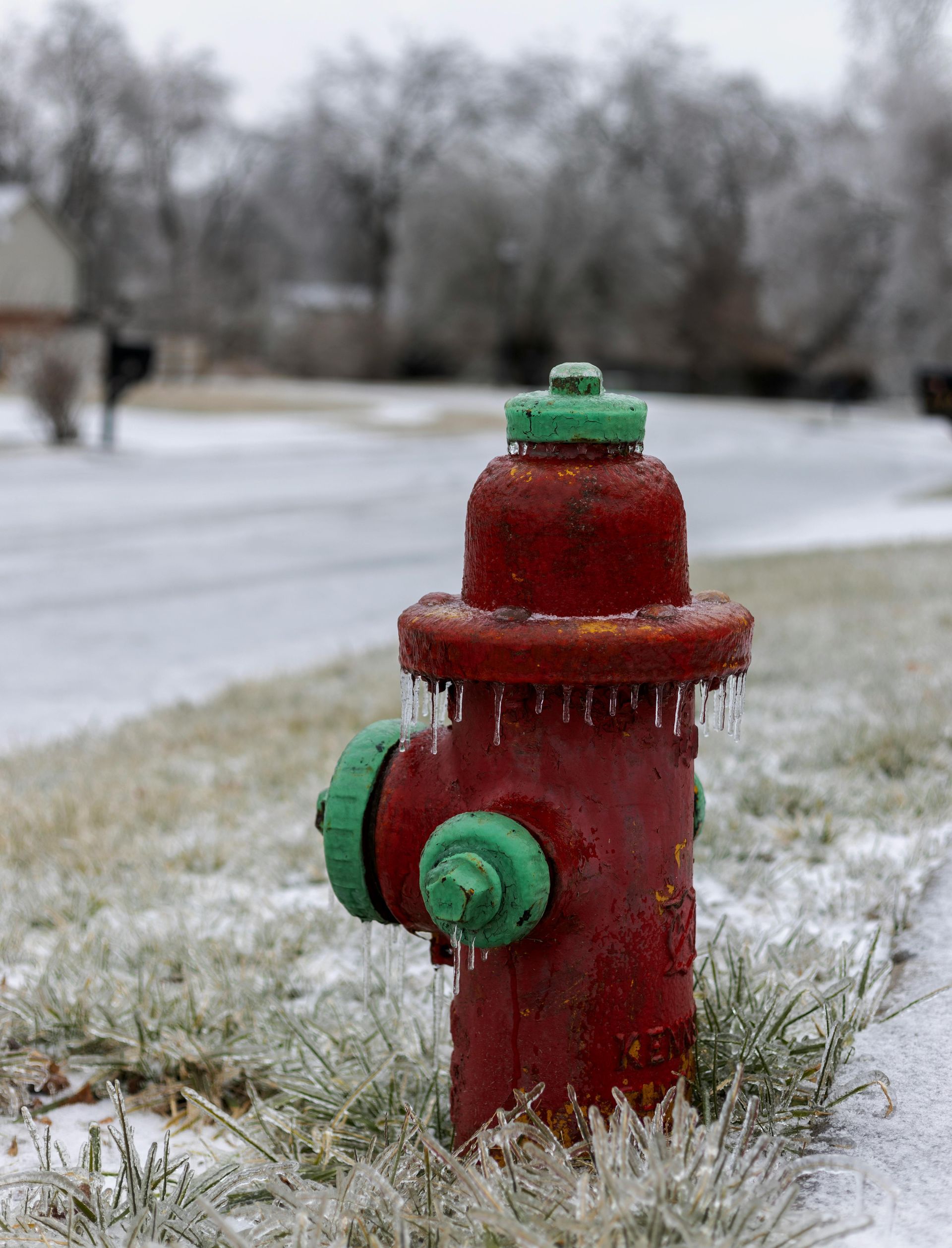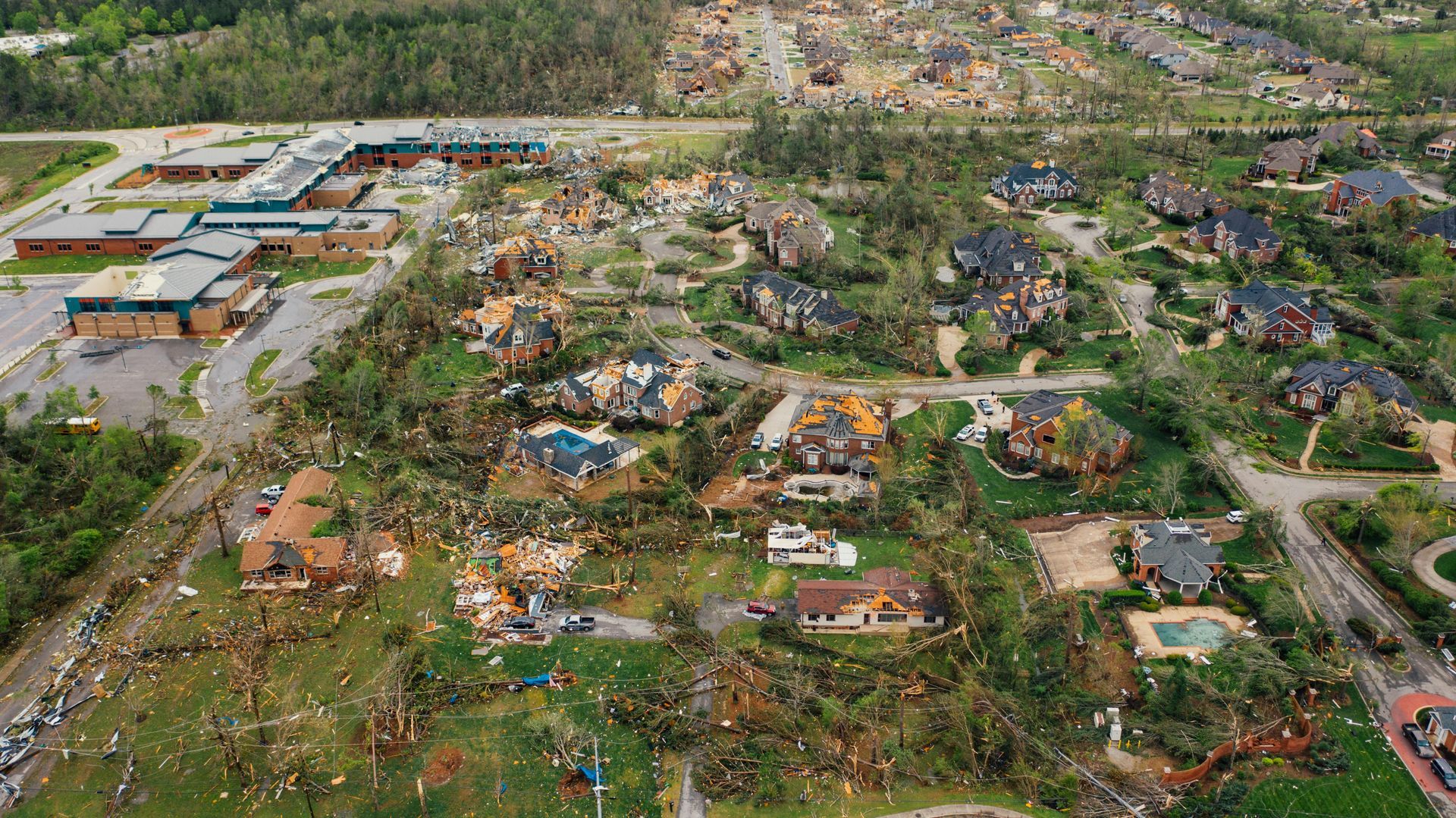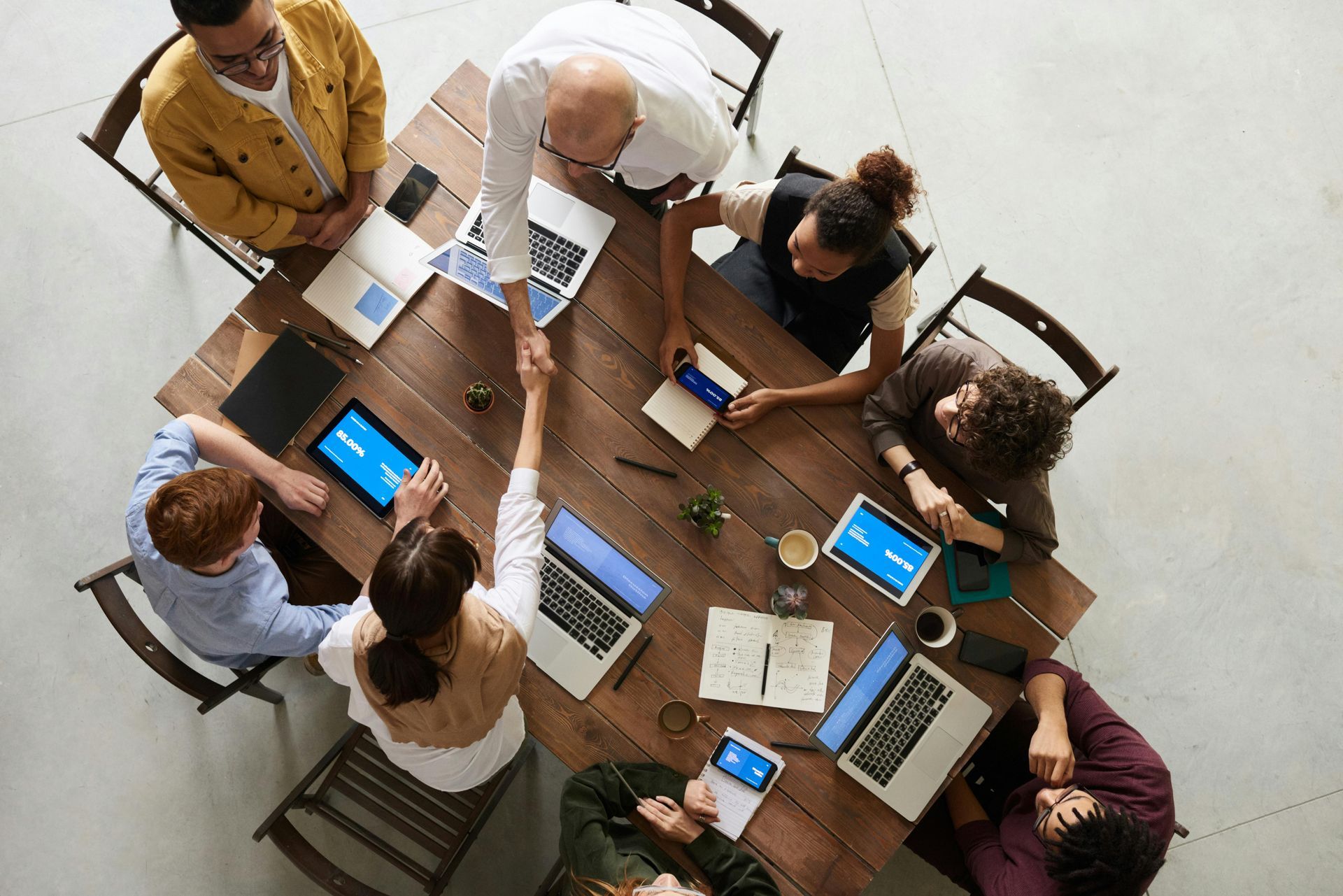How Communities Can Build Resilience Before the Next Big Storm
When a major storm is on the horizon, the time for preparation has long passed. Building resilience isn’t about reacting to a forecast—it’s about fostering readiness long before the clouds gather. A resilient community is one that can weather the storm and bounce back stronger, with minimal disruption to lives and livelihoods. Here's how communities can prepare proactively.
1. Foster a Culture of Preparedness
Preparation begins with awareness. Communities that prioritize education and planning are better equipped to handle storms effectively. Regular workshops and information sessions can play a pivotal role in raising awareness and encouraging proactive measures. These initiatives might include:
- Emergency Plan Creation: Encouraging households to develop evacuation routes, identify safe zones, and establish communication plans. These plans should account for family members’ specific needs, including pets and those with disabilities.
- Supply Kits: Promoting the assembly of disaster kits containing essentials such as water, non-perishable food, flashlights, batteries, first aid supplies, prescription medications, and important documents stored in waterproof containers.
- Training: Offering basic first aid, CPR, and emergency response classes to empower more residents to assist during a crisis.
- Community Drills: Conducting mock disaster scenarios to familiarize residents with evacuation procedures and emergency responses.
When preparedness becomes second nature, residents are more likely to act swiftly and effectively during a crisis, reducing panic and confusion.
2. Strengthen Infrastructure and Buildings
Physical resilience is critical to minimizing storm damage. By investing in stronger infrastructure and retrofitting buildings, communities can reduce the destruction caused by extreme weather events. Key actions include:
- Building Codes: Collaborating with local governments to implement and enforce stricter construction codes. These standards should ensure that homes, schools, hospitals, and other critical structures can endure high winds, heavy rains, and flooding.
- Stormwater Management Systems: Installing advanced drainage systems to prevent urban flooding. Green infrastructure solutions, such as rain gardens and permeable pavements, can also help manage stormwater effectively.
- Reinforcements: Providing subsidies or incentives for residents to reinforce their homes with storm shutters, floodproof basements, wind-resistant roofing, and elevated foundations.
- Critical Infrastructure Protection: Securing essential utilities such as power grids, water systems, and communication networks to maintain functionality during and after storms.
Investing in infrastructure today not only reduces repair and recovery costs but also saves lives by preventing catastrophic failures.
3. Strengthen Communication Networks
In a disaster, effective communication can mean the difference between life and death. Resilient communities establish reliable ways to disseminate information before, during, and after a storm. Key strategies include:
- Emergency Alerts: Leveraging SMS, email, and app-based alert systems to notify residents of impending dangers, evacuation orders, and weather updates. These systems should be regularly tested for reliability.
- Community Watch Programs: Training volunteers to act as local liaisons who can quickly share information and resources with neighbors, especially those who are elderly, disabled, or otherwise vulnerable.
- Accessible Resources: Ensuring that all emergency information is available in multiple languages and accessible formats, such as braille, audio recordings, and large print. This inclusivity ensures that everyone, regardless of their abilities, receives critical updates.
- Public Information Centers: Establishing centralized hubs where residents can find accurate, up-to-date information and assistance during disasters.
Clear, accessible communication ensures that no one is left behind when action is required, fostering a sense of trust and coordination within the community.
4. Build Community Connections
Resilience is stronger in a tight-knit community. Encouraging connections between residents helps create support networks that are invaluable during crises. Here’s how communities can foster these bonds:
- Neighborhood Groups: Organizing groups to check on vulnerable residents during storms, ensuring that those who may need extra help are not overlooked.
- Resource Sharing: Establishing systems to share tools, supplies, transportation, and temporary shelter in emergencies. For example, a community could create a shared inventory of generators, chainsaws, and other essential equipment.
- Community Events: Hosting regular events, such as block parties, clean-up drives, or volunteer days, to build trust and cooperation among neighbors.
- Mutual Aid Networks: Encouraging the formation of networks where residents can exchange skills and resources to support each other during and after disasters.
Social bonds not only enhance the community’s response capabilities but also provide emotional support, which is crucial for recovery.
5. Plan for Recovery
Preparation doesn’t stop at the storm’s arrival—it extends into the recovery phase. A well-thought-out recovery plan ensures that communities can rebound quickly and effectively after a disaster. Key components include:
- Emergency Funds: Establishing community-managed funds to provide immediate relief to affected residents. These funds can be used for temporary housing, medical expenses, and essential repairs.
- Restoration Partnerships: Building relationships with restoration companies, like Disaster South, that specialize in storm recovery. Pre-established partnerships enable faster mobilization of resources and expertise.
- Mental Health Support: Planning for counseling and support services to help residents cope with the emotional and psychological aftermath of a storm. Trauma recovery programs and peer support groups can be particularly helpful.
- Debris Management: Developing a strategy for clearing and disposing of debris efficiently to speed up the recovery process and reduce health hazards.
- Economic Recovery Plans: Supporting local businesses with grants, loans, and resources to reopen quickly, ensuring the community’s economic stability.
A recovery plan that addresses both physical and emotional needs lays the foundation for long-term resilience.
6. Leverage Technology for Preparedness
Modern technology offers powerful tools to enhance storm preparedness and resilience. Communities can benefit from:
- Forecasting Systems: Using advanced weather forecasting and early warning systems to provide accurate, timely alerts.
- GIS Mapping: Leveraging geographic information systems (GIS) to identify high-risk areas, plan evacuation routes, and allocate resources efficiently.
- Smart Infrastructure: Installing sensors and IoT devices to monitor water levels, wind speeds, and structural integrity in real-time.
- Mobile Apps: Developing community-specific apps that provide residents with emergency alerts, preparedness checklists, and recovery resources.
By embracing technology, communities can anticipate and respond to storms more effectively, minimizing damage and disruption.
7. Advocate for Policy Changes
Community resilience requires support from policymakers at the local, state, and federal levels. Advocacy efforts can drive changes that prioritize disaster preparedness, such as:
- Funding for Resilience Projects: Securing grants for infrastructure improvements, community education programs, and emergency response equipment.
- Land Use Planning: Promoting responsible development practices that avoid high-risk areas, such as floodplains or coastal zones.
- Disaster Relief Legislation: Ensuring that affected communities receive timely and adequate support for recovery efforts.
Active engagement with policymakers ensures that resilience-building efforts are backed by the necessary resources and regulations.
Start Building Resilience Today
Disaster preparedness is a community effort, and the time to act is now. By fostering connections, advocating for stronger infrastructure, and educating residents, communities can create a culture of resilience that stands strong in the face of storms.
When the next big storm looms, your community will be ready—not just to survive, but to thrive. Resilience isn’t just about weathering the storm; it’s about emerging stronger, more united, and better prepared for the future.
For more insights and resources, reach out to Disaster South. We’re here to help you restore what matters most, ensuring every storm leaves behind strength, not despair. Contact us today and start your journey to resilience.



